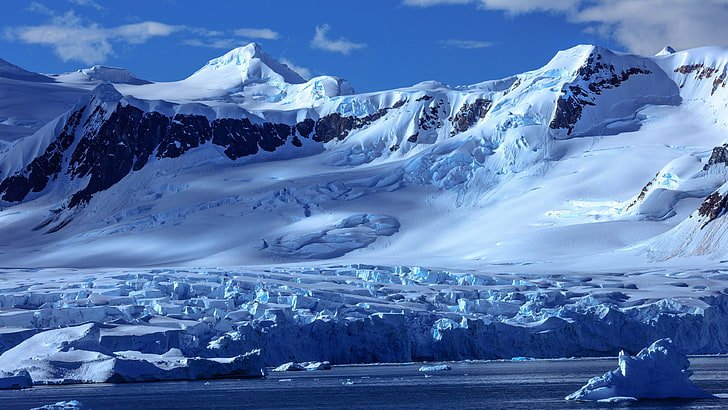Antarctic Research Expedition in the Ross Sea
The Ross Sea has become a focal point for international marine research. Recent expeditions have brought into light its ecological significance and the need for conservation. Scientists from various countries, including India, are conducting extensive studies to understand the biodiversity of this unique marine environment. The current expedition, led by marine scientist Sherine Sonia Cubelio, is part of a 40-day collaborative effort aimed at assessing living resources in the region.
Geographic Overview of the Ross Sea
- The Ross Sea is located in the Southern Ocean.
- It covers an area of approximately 1.55 million square kilometres.
- The sea is bordered by Cape Adare and Cape Colbeck.
- It features a mix of shallow and deep marine regions.
- The floor of the sea is primarily less than 900 metres deep.
- Notably, it is one of the least-iced regions of Antarctica, allowing for easier access for research vessels.
Biodiversity and Marine Protected Areas
- The Ross Sea is home to diverse marine life.
- It supports the largest colony of emperor penguins globally.
- The area has been designated as a marine protected zone.
- This protection prohibits fishing to preserve its unique ecosystems.
- Researchers are studying environmental DNA to understand the distribution of zooplankton and fish communities.
- This research is crucial for assessing the health of marine ecosystems.
Climate Change and Its Impact
The Ross Sea serves as a natural laboratory for studying climate change. Its unique conditions provide vital information about global climate systems. The region plays a vital role in sea ice production, influencing ocean currents and heat distribution worldwide. Understanding these dynamics is essential for predicting future climate scenarios.
Historical Context of Exploration
The Ross Sea has a rich history of exploration. It was first penetrated by the HMS Erebus and HMS Terror in 1841. Since then, various nations have conducted research in the area. The coastal regions have been geologically explored, leading to a better understanding of Antarctica’s geology and ecology.
Conservation Efforts and Regulatory Framework
The Commission for the Conservation of Antarctic Marine Living Resources (CCAMLR) oversees conservation efforts in the region. Established in 1980, CCAMLR aims to preserve marine life and environmental integrity. It monitors the effects of fishing and harvesting in the Southern Ocean. The Ecosystem Monitoring Program (CEMP) further supports these conservation efforts.
Month: Current Affairs - February, 2025
Category: Environment Current Affairs







